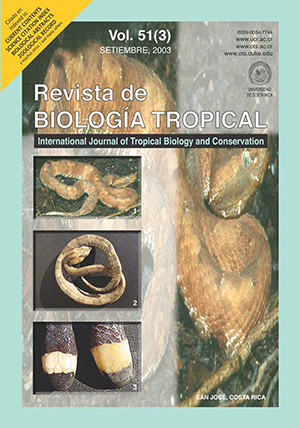Abstract
There are two types of pitahaya that are cultivated in Yucatan Peninsula of Mexico. They differ mainly in the skin color of the fruit, one of them has a red skin (Uqroo1), while the other has a light yellow skin (Uqroo2) both belong to Hylocereus undatus (Haworth) Britt. & Rose. The yellow skin pitahaya is the sweetest. The studies were conducted using the methods of self pollination and cross pollination, with direct crosses and reciprocal pollination in order to evaluate the effect related to the quantity of fruits that accomplish their growing process. Some characteristic parameters of fruits, thus obtained, were used to detect the possible xenic effect. The control samples were collected from naturally pollinated flowers. The experimental design used was completely random and the experiment was repeated fifteen times. The results revealed that the Uqroo1 turned out to be self-compatible, and their fruits reached one hundred percent of development. On the other hand, Uqroo2 was self-incompatible, that is, it did not accept self pollen. The control samples of both types reached the same weight, and the fruits of the Uqroo2 produced by cross pollination had the same or more weight than the control samples. Several parameters were positively correlated. The coefficient between the number of seeds and the fruit weight was r= 0.84. The highest correlation that was found (r = 0.97) in the fruit weight and the pulp weight within both types. The fruits obtained by cross-pollination maintained the characteristic of the female progenitor. It is suggest intercalate the yellow pitahaya plants with another types or species of pitahaya, other than the Uqroo1.
This work is licensed under a Creative Commons Attribution 4.0 International License.
Copyright (c) 2003 Revista de Biología Tropical

